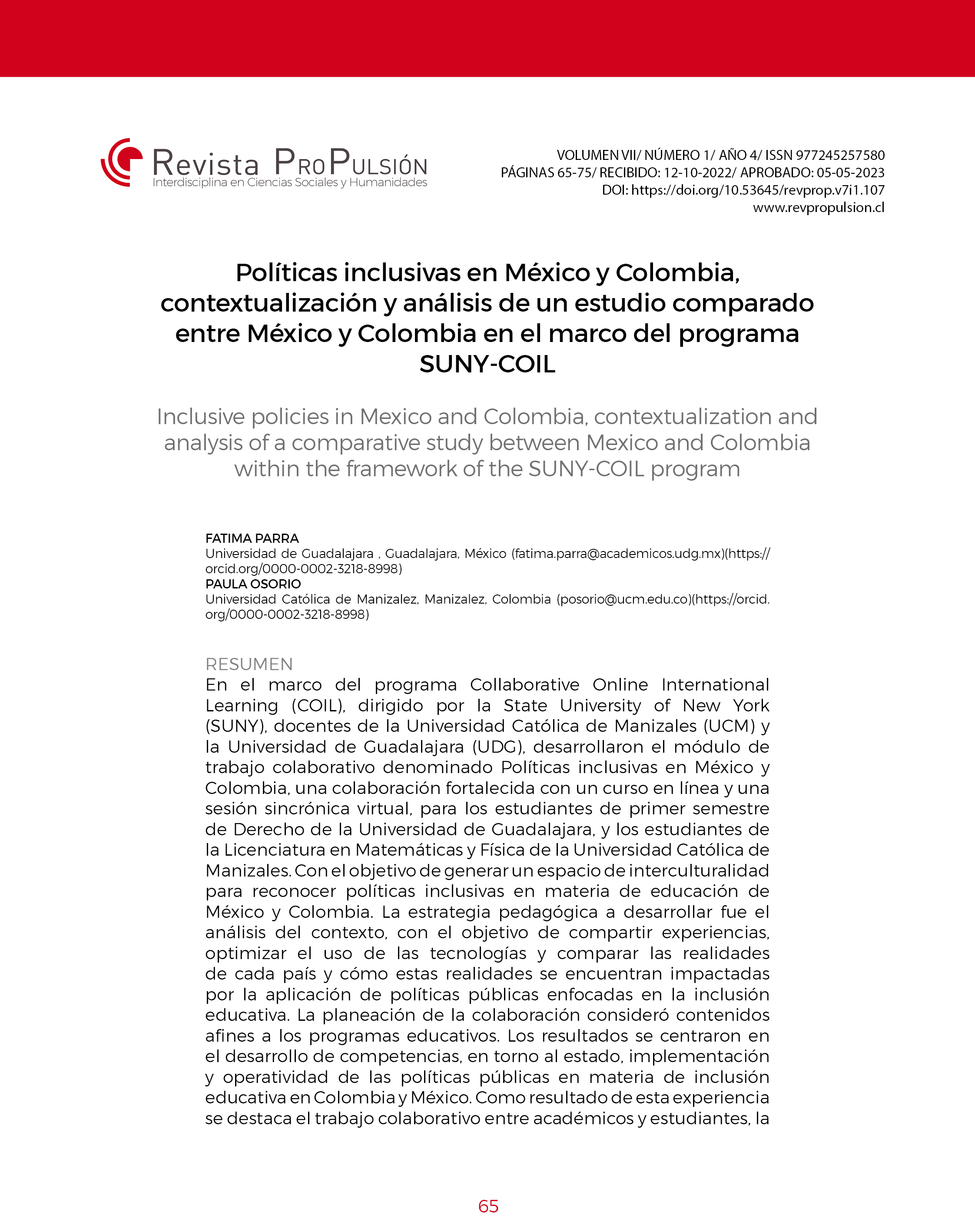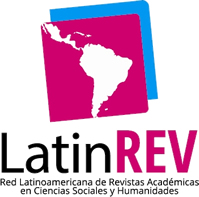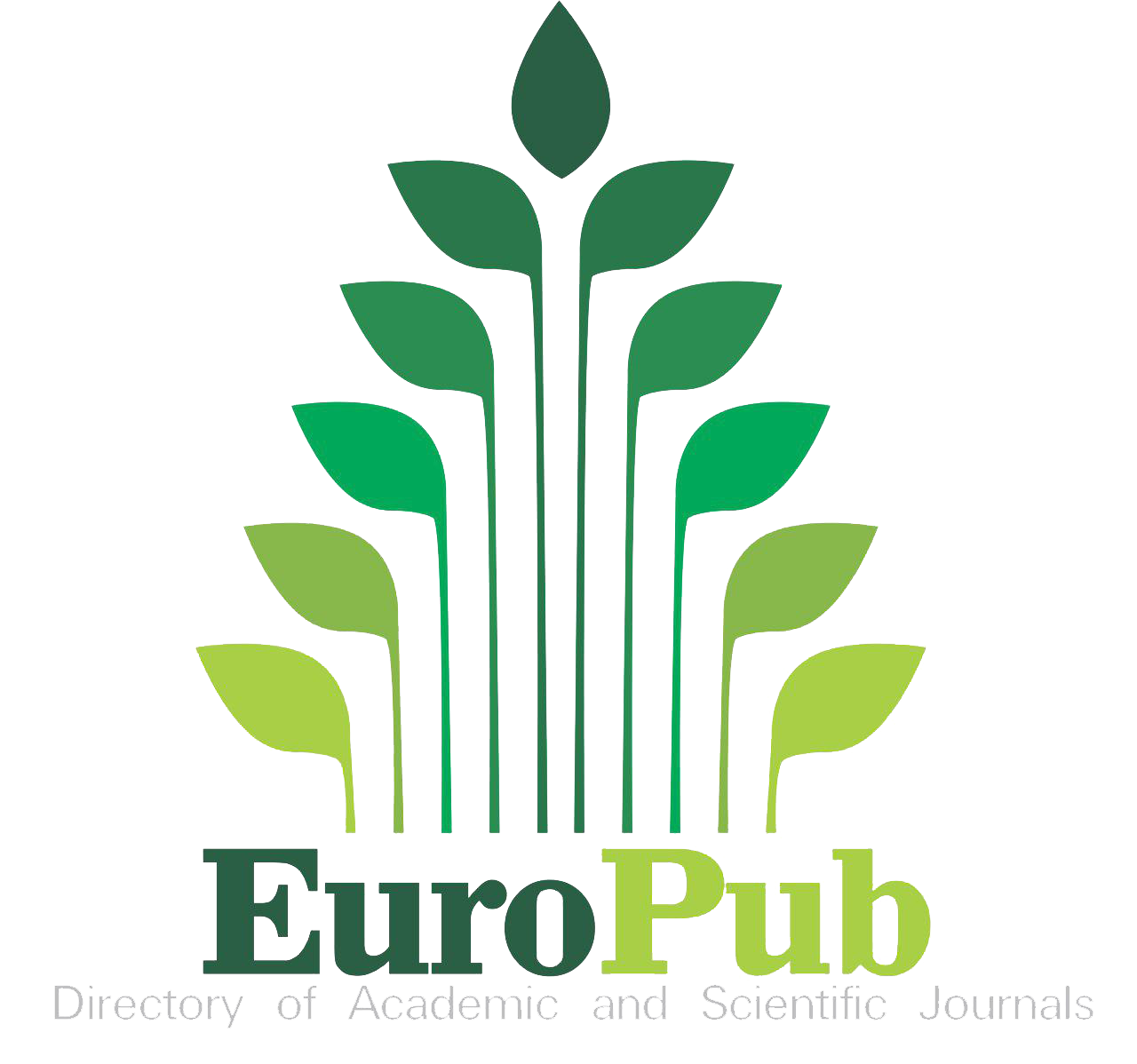Español
Contextualización y análisis de un estudio comparado en el marco del programa SUNY-COIL
DOI:
https://doi.org/10.53645/revprop.v7i1.107Keywords:
EspañolAbstract
Within the framework of the Collaborative Online International Learning (COIL) program, led by the State University of New York (SUNY), professors from the Universidad Católica de Manizales (UCM) and the University of Guadalajara (UDG) developed the collaborative work module entitled "Inclusive Policies in Mexico and Colombia", which was strengthened by an online course and a virtual synchronous session for first-semester law students at the University of Guadalajara and mathematics and physics students at the Universidad Católica de Manizales. The objective of this collaboration was to generate a space for interculturality and to recognize inclusive policies in education in Mexico and Colombia. The pedagogical strategy to be developed was context analysis, with the aim of sharing experiences, optimizing the use of technology, and comparing the realities of each country and how these realities are impacted by the application of public policies focused on educational inclusion. The collaboration planning considered contents related to the educational programs. The results focused on the development of competencies around the status, implementation, and operation of public policies on educational inclusion in Colombia and Mexico. As a result of this experience, we can find collaborative work between academics and students, the optimization of the use of technology, and the exchange of experiences which were highlighted.
The concepts studied in class, as well as the reflections made during the collaborative process, are presented.
Downloads
References
Barton, L. (2009). Inclusive education and teacher education: A basis for hope or a discourse of delusion? European Journal of Teacher Education, 32(3), 273-282.
Booth, T., & Ainscow, M. (2011). Guía para la evaluación y mejora de la educación inclusiva. Madrid: Narcea.
Bryant, R., & Chittum, J. R. (2013). Collaborative online international learning (COIL) as intercultural practice: Exploring the student experience. Journal of Studies in International Education, 17(4), 410-431.
Carrington, S., & Robinson, M. (2009). Education for inclusion and diversity. (2a ed.). Londres: Pearson Education.
COIL (Collaborative Online International Learning). (2014). A guide to virtual global learning partnerships. https://coil.suny.edu/page/guide-virtual-global-learning-partnerships
Cuevas, M., & Echeita, G. (2011). Educación inclusiva: Un concepto en evolución. Revista Electrónica Iberoamericana sobre Calidad, Eficacia y Cambio en Educación, 9(3), 50-69.
De Wit, H. (2011). Trends, issues and challenges in internationalisation of higher education. Amsterdam: Centre for Applied Research on Economics & Management.
Díaz O.C. (2005). La inclusión educativa. ¿Un nuevo paradigma en la educación especial? Revista Latinoamericana de Educación Inclusiva, 3(1), 1-11.
Domínguez, L. M., & Castro, J. A. (2020). COIL y políticas inclusivas en México y Colombia: Una experiencia de intercambio académico. In Congreso Virtual de Educación a Distancia.
Fuchs, D., & Fuchs, L. S. (1994). Inclusive schools movement and the radicalization of special education reform. Exceptional Children, 60(4), 294-309.
Larsen-Freeman, D., & Anderson, M. (2013). Techniques and principles in language teaching (3rd ed.). Oxford University Press.
Lipsky, D. K., & Gartner, A. (1996). Inclusion and school reform: Transforming America's classrooms. Baltimore: Paul H. Brookes Publishing.
Lombardi, M. M., & Smith, A. M. (2013). COIL: A high-impact, low-cost approach to global education. Journal of Asynchronous Learning Networks, 17(1), 109-119.
Matos, M., Gómez, L. L., MuñozArticulo 4 , L. (2017). El COIL como estrategia de internacionalización: Una experiencia en América Latina. Revista Científica de Administración, Finanzas e Información, 7(1), 1-15. doi: 10.21892/2422246X.15
Pastor, CA, Sánchez, JM y Zubillaga, A. (2014). Diseño Universal para el aprendizaje (DUA).
Salazar, G. (2017). Políticas de inclusión educativa en Colombia y su relación con el mejoramiento de la calidad educativa. Revista Fuentes, 19(1), 67-76. https://doi.org/10.21501/01213015.2445
Scheerens, J., & Bosker, R. (1997). The Foundations of Educational Effectiveness. Pergamon Press
Tomlinson, C. A. (2014). El aula diversificada: Cómo atender las necesidades de todos los estudiantes. Madrid: Pearson.
UNESCO. (2009). Política de inclusión en educación superior.
UNESCO. (2015). Educación 2030: Declaración de Incheon y Marco de Acción para la realización del Objetivo de Desarrollo Sostenible.
UNESCO. (2019). Collaborative online international learning (COIL): A promising practice for inclusive and equitable quality education. París: UNESCO.
Young, I. M. (2000). Inclusion and democracy. Oxford University Press.

Published
How to Cite
Issue
Section
Categories
License
Copyright (c) 2023 Fátima Parra Magaña, Paula Andrea Osorio Gutiérrez

This work is licensed under a Creative Commons Attribution-NonCommercial 4.0 International License.
- Esta licencia permite a los reutilizadores distribuir, remezclar, adaptar y construir sobre el material en cualquier medio o formato solo con fines no comerciales, y solo mientras se dé atribución al creador.Incluye los siguientes elementos: POR – Se debe dar crédito al creador NC – Solo se permiten usos no comerciales de la obra.







